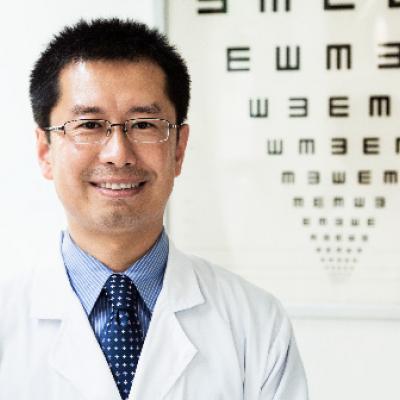All Categories
Featured
Table of Contents

Normal eye evaluations are crucial for preserving good vision and detecting prospective eye health issues early. The regularity of these examinations can differ considerably based on a person's age, way of living, and overall health and wellness. Understanding the suggested routine for eye examinations can assist make sure that people of all ages receive proper treatment and monitoring for their eye wellness.
Newborns and Toddlers (0-2 Years)
For babies and kids, eye exams are crucial for finding any prospective vision issues early on. The American Academy of Ophthalmology suggests that a kid's first eye exam should happen at around 6 months old. Throughout this preliminary visit, the eye care professional will analyze the youngster's aesthetic growth and look for any type of apparent eye issues.Following this very first test, it is recommended that kids have one more eye test at age three. This browse through will certainly concentrate on assessing the child's total visual function, consisting of eye placement and the ability to track objects. If no issues are spotted, the next examination ought to be set up before the child starts institution, usually around age five or six.
School-Aged Kids (6-18 Years)
As soon as children get to institution age, routine eye exams need to be arranged each to 2 years. Vision is vital for finding out and advancement, and several institutions carry out vision testings. However, these screenings do not replace a comprehensive eye examination by an eye care professional.For children associated with tasks or sporting activities needing considerable visual emphasis, annual eye examinations may be suggested. Additionally, if a youngster shows indications of vision problems-- such as difficulty reviewing, scrunching up your eyes, or frequent headaches-- a visit to the eye doctor must be set up immediately.
Young Person (19-39 Years)
Youthful grownups normally have fewer vision changes than older age, yet normal eye examinations continue to be vital. The general recommendation is to arrange an eye exam every 2 years during this duration. People with details threat variables-- such as a household background of eye disease, diabetes mellitus, or those that use call lenses-- should think about yearly eye exams.Additionally, those who spend significant time on electronic gadgets may experience digital eye stress. If symptoms such as dryness, tiredness, or obscured vision take place, it might be important to see an eye care expert earlier.
Adults (40-64 Years)
As people go into midlife, the chance of creating vision problems boosts. Grownups aged 40 to 64 need to schedule eye tests each to 2 years. This age might start to experience presbyopia, an all-natural age-related condition that makes it challenging to concentrate on close items. Eye tests can additionally aid identify other common age-related conditions such as glaucoma, cataracts, and macular degeneration.If people in this age have risk elements like hypertension or diabetic issues, they may need even more regular assessments to monitor their eye health very closely.
Seniors (65 Years and Older)
For elders, regular eye exams come to be a lot more critical. The American Optometric Organization suggests that people aged 65 and older have an eye test at the very least yearly. Older adults go to a greater danger for various eye conditions, including cataracts, glaucoma, and age-related macular deterioration. Early detection and treatment of these conditions can prevent vision loss and enhance the quality of life.Conclusion.
Comprehending the ideal schedule for eye exams based on age is vital for keeping ideal eye health throughout life. By sticking to these guidelines and consulting with an eye care specialist, individuals can take proactive steps toward preserving their vision and general health.Latest Posts
Savor Fresh, Local Seafood at Deauville Inn’s Oyster Bar
Published May 18, 25
2 min read
Boost Your Occasion with Yesterday's Pub Food catering
Published May 16, 25
1 min read
Relax with Unforgettable Sunsets at Deauville Inn: Your Jersey Shore Getaway
Published May 13, 25
2 min read